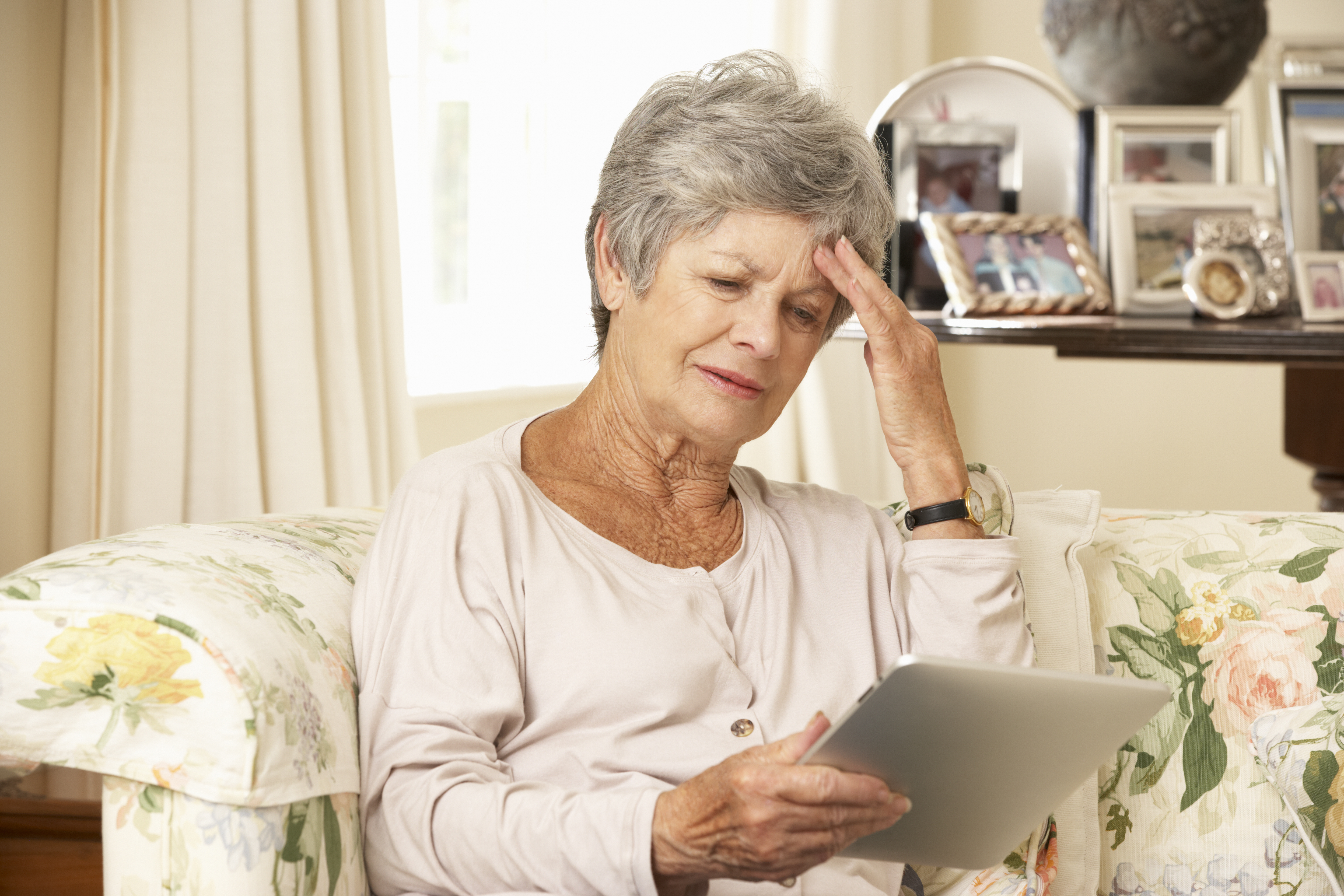News
Older women behind on pension saving

There is a significant gender gap in pension savings, new research from Legal & General has revealed, with women over the age of 50 found to have about half as much in their pension pot as men of the same age.
According to the study, the average woman over 50 has £43,014 in their pot, compared to £82,311 for men over the age of 50.
The contrast is clear when looking at small pots too, with a quarter of women sat on pension pots of less than £5,000. That’s markedly higher than the 15% of men who have the same amount saved for retirement.
Looking beyond the state pension
The state pension is a fundamental part of retirement planning for many of us, though on its own it’s unlikely to result in a comfortable standard of life once we give up work. Indeed, previous studies have shown that large numbers of us overestimate just how generous the state pension is.
The L&G report highlights data from the Office for National Statistics, which shows that men below state pension age are more likely to have an active private pension than women, at 56% compared to 51%.

Why Life Insurance Still Matters – Even During a Cost-of-Living Crisis
Sponsored by Post Office
The study also finds that women are well aware of the risks of not having enough saved for later life. More than half (56%) of women admitted feeling they would not have enough to fund their desired personal income in retirement, compared to 43% of men.
Despite this they are less likely to be aware of the current values of their pensions, with more than a third (34%) in the dark, up from 27% of men.
Burdens placed on women
Andrew Kail, CEO of L&G Retail Retirement, said there was a significant difference between the pension wealth of men and women, to the point that there were real concerns about the strength of women’s finances when they hit retirement.
He continued: “We know there are a multitude of factors that influence these figures, from the gender pay gap to the increased likelihood of women working part-time or taking career breaks when compared to their male colleagues. We also know that the pandemic has likely increased this disparity due to the unpaid caring responsibilities that typically fall to women.
“We need to do more to address this financial inequality but also to address the root causes that influence it, specifically the significant burdens our society places on women outside of their careers.”